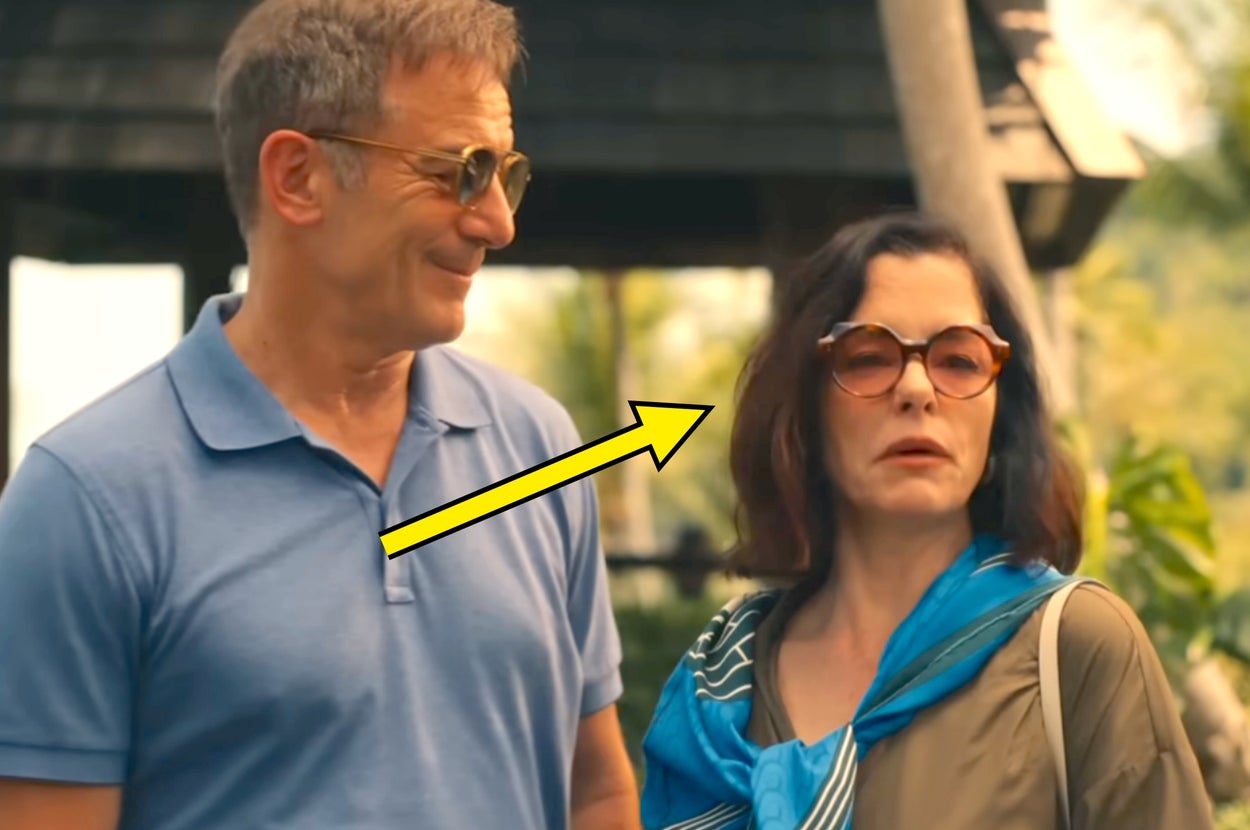
"They have the good toilet paper. I grew up with a single mom who always bought the cheapest TP she could find. I still distinctly remember visiting a middle-class friend's house and seeing triple-ply for the first time. My brain told me it was some sort of towel material, and I was super confused for a second."
"The kids have cute bedding. The couple of dollars of difference between plain sheets and blankets and the cute stuff with dinosaurs and unicorns is a giant gulf when you're poor."
Everyday consumer choices reveal class differences because small quality or design upgrades are immediately noticeable to those with limited means. Items such as triple-ply toilet paper feel materially different from the cheapest options and register as luxury to someone unaccustomed to them. Similarly, inexpensive themed bedding for children marks a household as having discretionary spending compared with plain sheets. These signals operate through tactile comfort, visual design, and minor price premiums rather than overt luxury, creating instant perception gaps during brief visits or everyday interactions.
Read at BuzzFeed
Unable to calculate read time
Collection
[
|
...
]